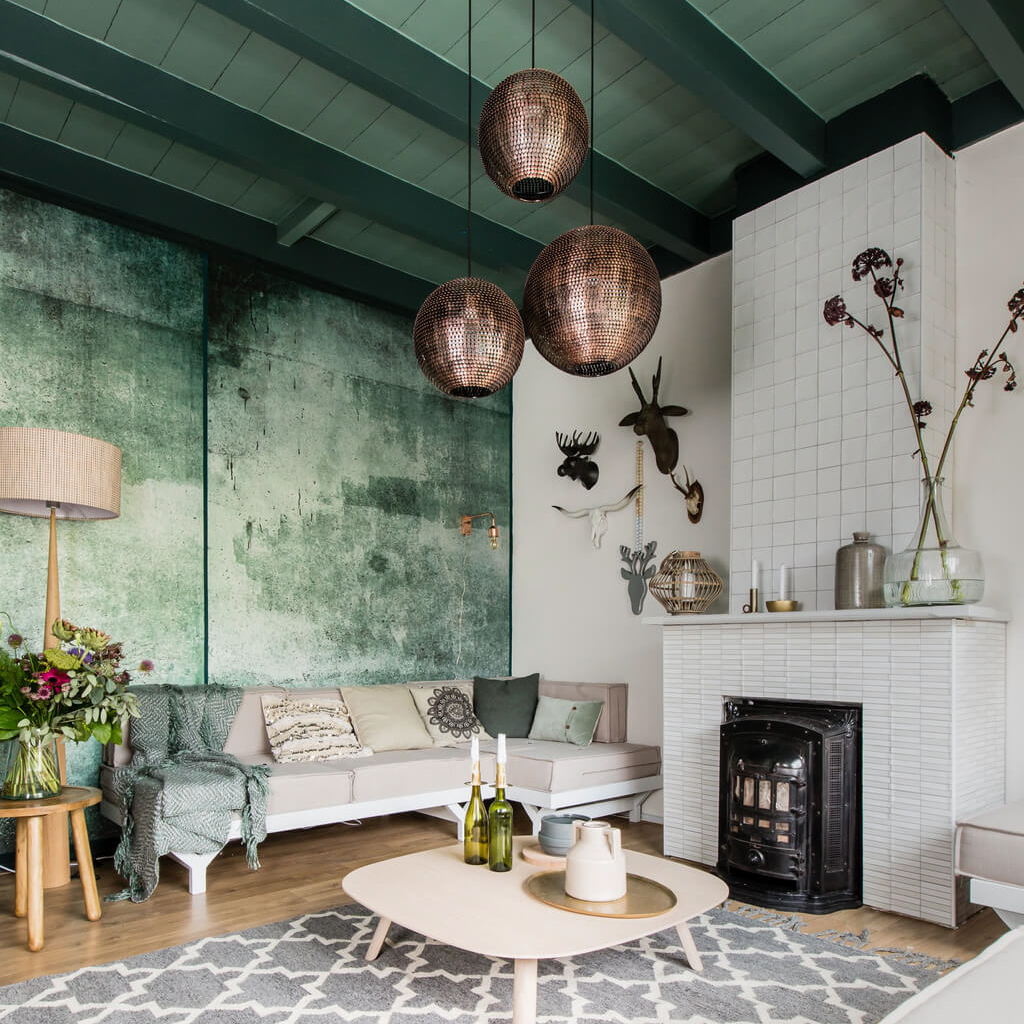
When it comes to choosing a light bulb, one of the most important factors to consider is the color of the light it produces. Light bulb colors can range from warm and cozy to bright and energizing, and each color can have a different effect on our mood and productivity. In this article, we’ll explore the different colors of light bulbs and what they are best suited for.
Color Temperatures and Kelvin Scale
The color of a light bulb is measured in kelvin (K) units. The kelvin scale ranges from 1000K to 10,000K, with lower numbers indicating warm colors and higher numbers indicating cool colors. Here’s a breakdown of the different color temperatures and what they are typically used for:
Warm White (2700K-3000K)
Warm white light bulbs produce a cozy, yellowish glow that is perfect for creating an inviting atmosphere in bedrooms, living rooms, and other areas where you want to relax and unwind. These bulbs are also a great choice for reading lamps as they provide an eye-friendly light that won’t strain your eyes.
Soft White (3000K-4000K)
Soft white light bulbs produce a slightly cooler, more neutral light than warm white bulbs. They are often used in kitchens and bathrooms where a brighter light is needed, but without the harshness of daylight.
Daylight (5000K-6500K)
Daylight bulbs mimic the color of natural daylight, making them a popular choice for workspaces, garages, and other areas where you need to be alert and focused. They can help boost productivity and can also be used to combat seasonal affective disorder (SAD) during the winter months.
Cool White (6500K-10,000K)
Cool white bulbs produce a bluish-white light that is often used in industrial settings where bright, clear light is needed. They are also popular in aquariums and plant growing applications.
Choosing the Right Color for Your Space
Now that you know the different colors of light bulbs, how do you choose the right one for your space? Here are some tips to keep in mind:
Consider the Room’s Purpose
The first thing to consider is the purpose of the room. A warm, cozy light may be best for a bedroom or living room, while a bright, cool light may be better suited for a workspace or garage.
Use Layers of Light
Using layers of light can help create a balanced and inviting atmosphere in any room. This can be achieved by using a combination of ceiling lights, floor lamps, table lamps, and other types of light fixtures.
Choose Energy-Efficient Bulbs
Finally, when selecting your light bulbs, consider choosing energy-efficient options. LED and CFL bulbs are generally more energy-efficient than traditional incandescent bulbs, and they can help save you money on your energy bills while also being better for the environment.
The color of the light bulb you choose can have a big impact on the function and atmosphere of a room. By understanding the different color temperatures and how they affect mood and productivity, you can make the best choice for your space. So whether you’re looking for a warm and cozy glow or a bright and energizing light, there is a color of light bulb out there to fit your needs.





